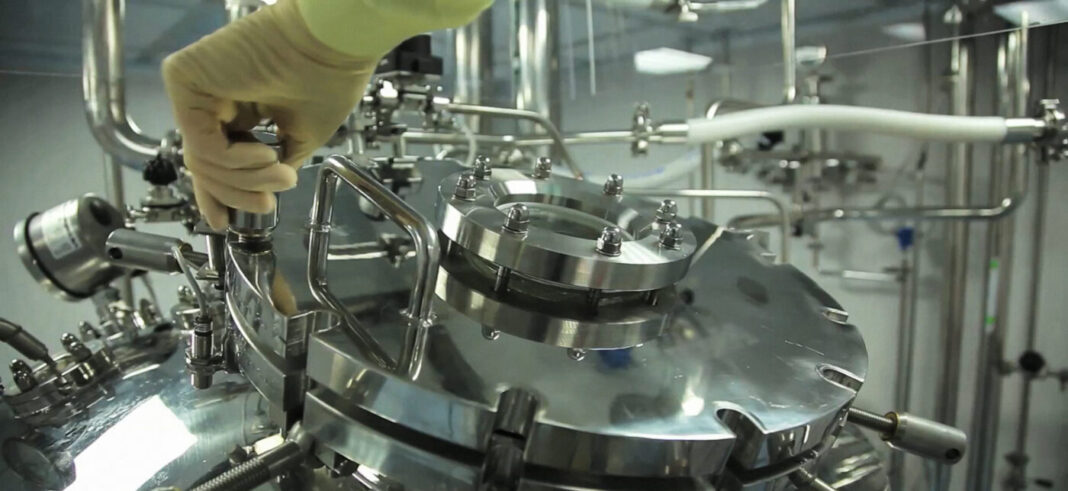Bioprocessing goes for nothing if the product cannot be stored. Like other aspects of making biopharmaceuticals, the speed of getting a product in storage counts, but today’s method involves freeze-drying, which can be slow. Chemical engineer Richard Braatz, PhD, Edwin R. Gilliland Professor at MIT, and his colleagues described a way to speed up that storage step.
These scientists explored the idea of combining microwave irradiation and heat conduction to accelerate freeze-drying. By building a mechanistic model of the process, Braatz says, “a combination of microwave power and heat conduction is predicted to reduce the primary drying time during lyophilization by a factor of five.”
When thinking over the current approach to biopharma storage, Braatz says that “primary drying is the main contributor to the long processing times required by lyophilization.” Bioprocessors accelerate that, Braatz says, by using “lyophilization equipment that dries by a combination of microwave power and heat conduction, and this equipment could be adapted from existing equipment used in the food industry.”
In addition to revealing a beneficial improvement in biopharma storage, this work reveals the value of modeling for comparing different approaches in bioprocessing. As Braatz and his colleagues concluded: “The mechanistic model assists in the fundamental understanding of [microwave-assisted freeze-drying] while having a low enough computational cost to be amenable to real-time nonlinear model predictive control implementation.”


